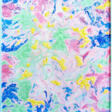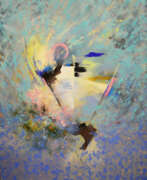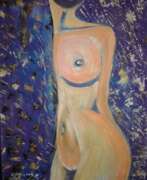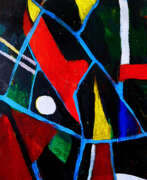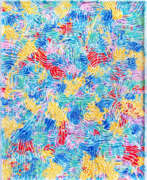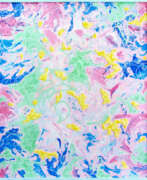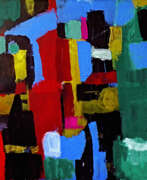Post-painterly abstraction
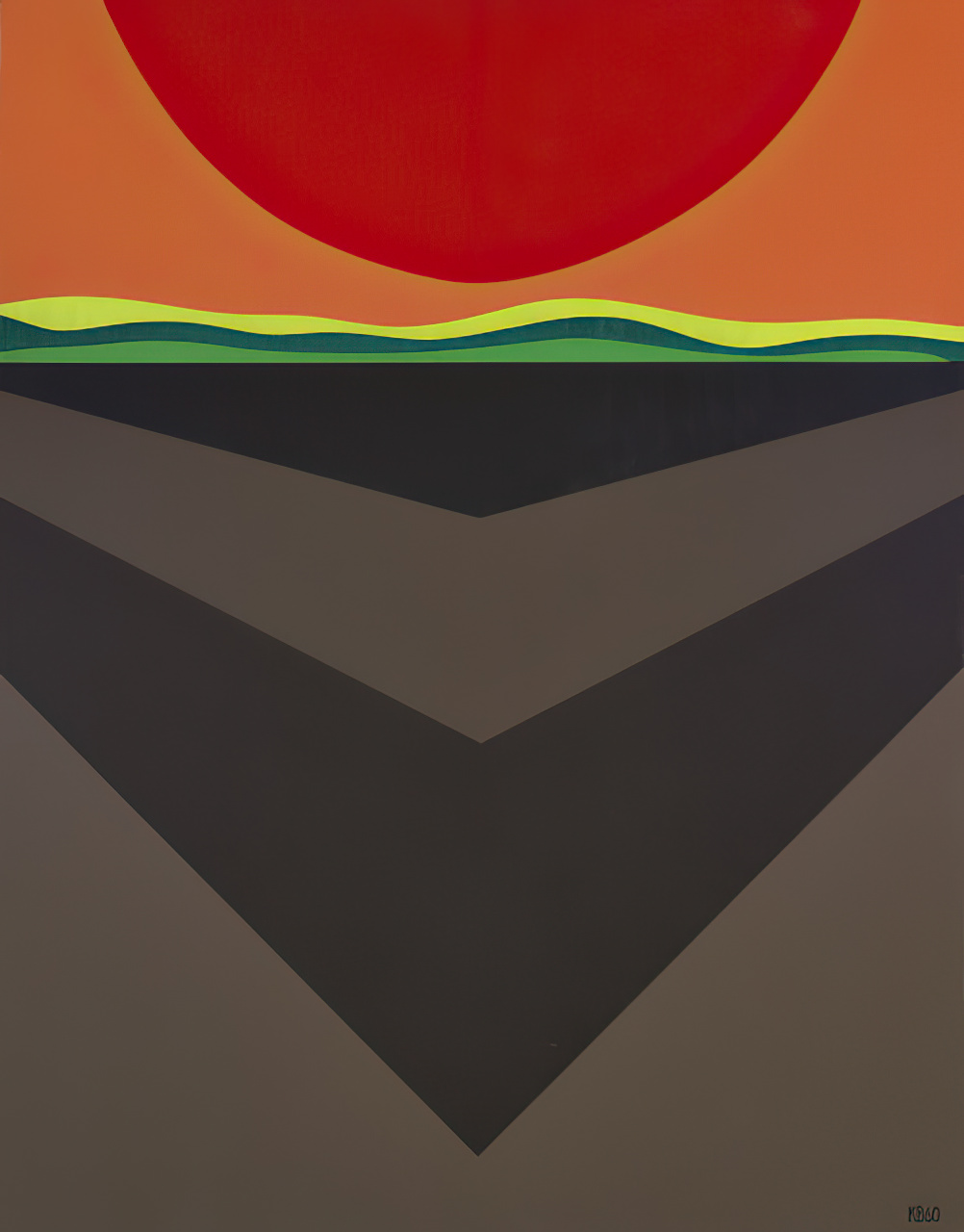
Post-painterly abstraction
Post-painterly abstraction is a movement that evolved as a reaction to the subjective and emotive nature of Abstract Expressionism, characterized by a clear compositional structure, a focus on color, and a departure from the dense painterly surfaces of its predecessor. This term was coined by the influential art critic Clement Greenberg for an exhibition he curated at the Los Angeles County Museum of Art in 1964, which showcased artists who embraced a more linear and crisp aesthetic. Notable artists from this movement include Helen Frankenthaler, known for her soak-stain technique, and Morris Louis, whose work was defined by bold color contrasts and a fluid, yet controlled use of paint.
Post-painterly abstraction is marked by a rigorous approach to art-making, where color field painting, hard-edge painting, and minimalism converge to form a style that is both systematic and expressive. The movement represents a pivotal moment in art history, where the emphasis was placed on flatness, geometric shapes, and a more logical and systematic approach to creativity. By exploring the relationship between color and form, post-painterly abstractionists like Frank Stella and Kenneth Noland introduced innovations such as shaped canvases, breaking away from traditional rectangular formats and contributing to a new understanding of the painting's surface.
The legacy of post-painterly abstraction continues to influence contemporary art, as seen through its lasting impact on graphic design, minimalism, and the broader scope of modern art. For those interested in this defining era of abstraction, its principles and aesthetics offer a timeless insight into the evolution of modern art.
For collectors, auctioneers, and experts in art and antiques, post-painterly abstraction represents a significant development in the narrative of art history. To stay informed about sales, auctions, and exhibitions related to this influential movement, consider signing up for updates. This focused approach ensures you are kept in the loop regarding the latest opportunities to engage with and acquire pieces from this pivotal era of modern art.
| Country: | America, USA |
|---|---|
| Start of the period: | 1950 |
